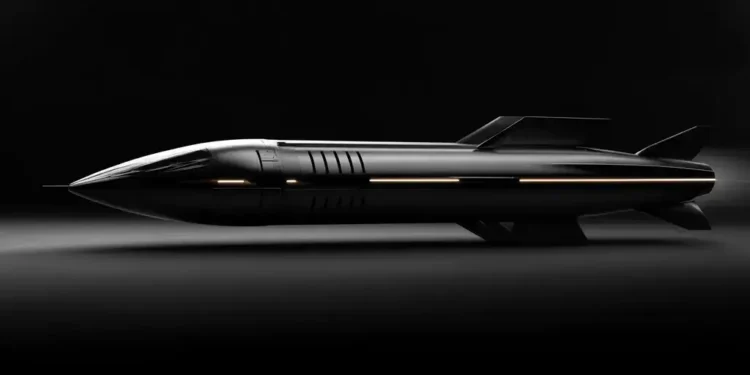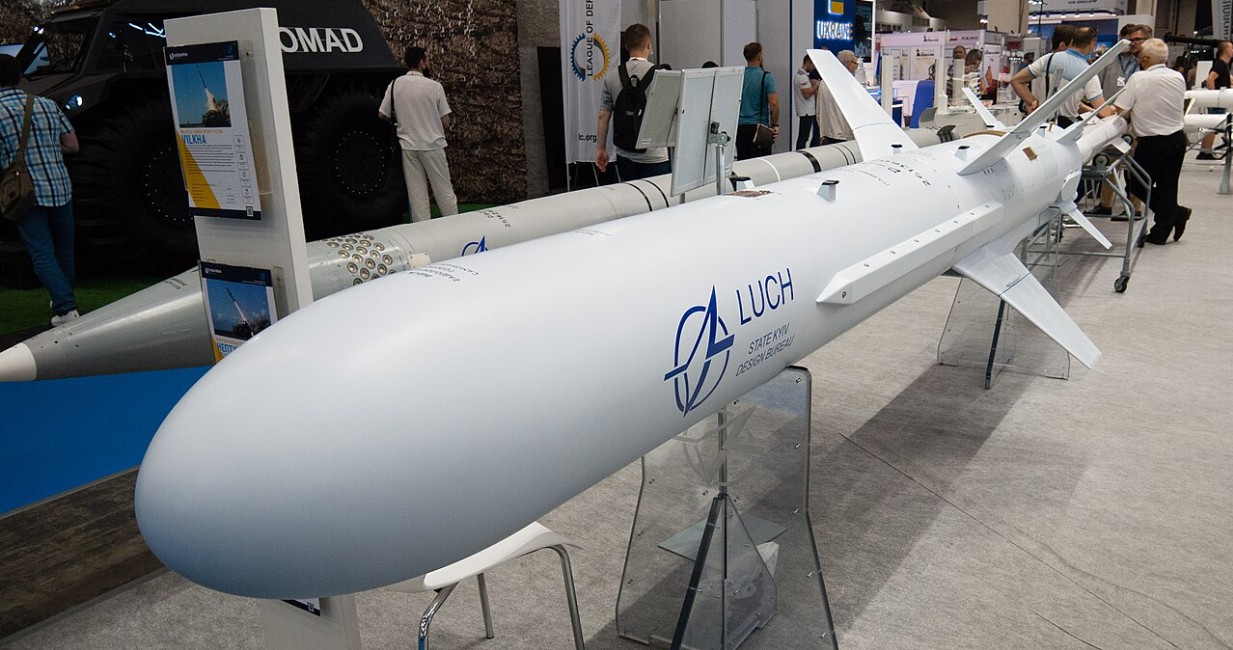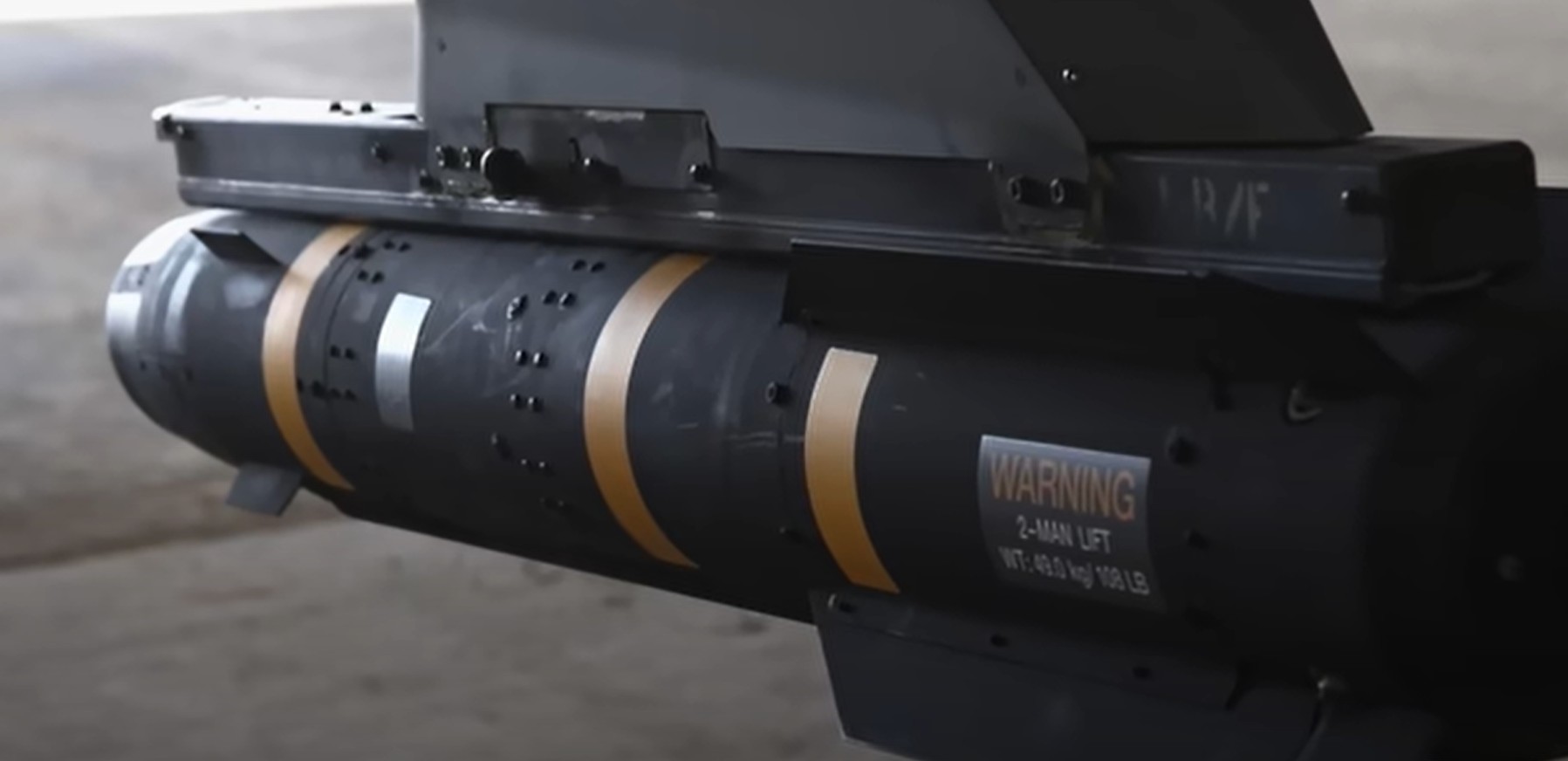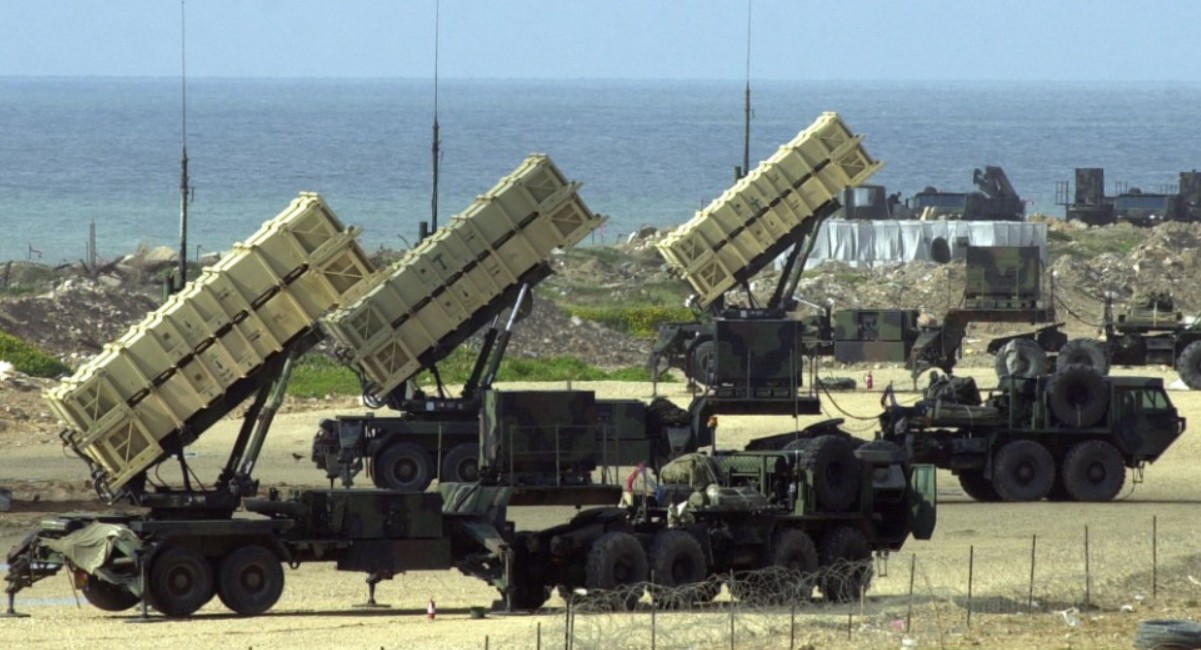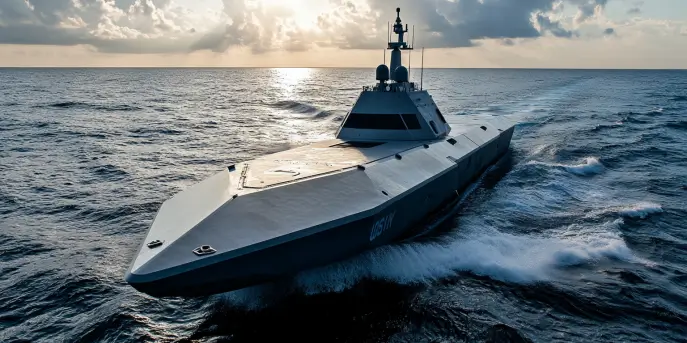The development and proliferation of hypersonic missiles have become a significant concern for the U.S. military, as these weapons are designed to travel at speeds greater than Mach 5 (five times the speed of sound). Their exceptional speed, combined with advanced maneuverability, makes them exceptionally challenging to detect and intercept.
Defining Hypersonic Missiles
Hypersonic missiles are often categorized into two primary types: Hypersonic Glide Vehicles (HGVs) and Hypersonic Cruise Missiles (HCMs). Both types share the characteristic of traveling at exceptionally high speeds, but they differ in their design and operational methods.
- Hypersonic Glide Vehicles (HGVs): These are launched atop ballistic missiles and separate from the rocket at high altitudes before gliding towards their targets at hypersonic speeds. The glide phase, which occurs at an altitude lower than typical ballistic trajectories, adds an element of unpredictability.
- Hypersonic Cruise Missiles (HCMs): Unlike HGVs, these missiles are powered throughout their journey. They typically use scramjet engine technology to maintain high speeds over the course of their flight.
Russia’s Avant-Garde and Zircon Missiles
Russia has made significant advancements in hypersonic missile technology, developing systems that have drawn substantial attention and concern globally.
The Avangard: This is a hypersonic glide vehicle considered one of the most formidable of its kind. It can reportedly reach speeds of up to Mach 27. The Avangard is designed to be mounted on existing ICBMs, allowing it to bypass missile defense systems with ease due to its speed and unpredictable flight path.
The Zircon Missile: Primarily designed as an anti-ship missile, the Zircon is touted to reach speeds of Mach 9. Its operational range is reportedly around 1,000 kilometers, providing Russia with a powerful tool against sea-based targets.
China’s Contribution: The DF-ZF
China’s DF-ZF, previously known as the WU-14, is another hypersonic glide vehicle that has reportedly achieved speeds between Mach 5 and Mach 10 during tests. It is designed to be launched atop a DF-17 medium-range ballistic missile.
| Characteristics | DF-ZF |
|---|---|
| Speed | Mach 5 to Mach 10 |
| Launch Platform | DF-17 Ballistic Missile |
| Operational Range | Approximately 2,000 km |
Implications for Global Security
The deployment of these hypersonic weapons poses a strategic challenge. Their capabilities allow them to potentially bypass traditional missile defenses, threatening both military and civilian targets with little to no warning.
Moreover, the introduction of such advanced technology into modern arsenals could potentially trigger a new arms race, as nations strive to either match these capabilities or develop effective countermeasures.
Countermeasures and Technological Gaps
While the threat posed by hypersonic missiles is palpable, efforts are underway to create effective countermeasures. The U.S. is actively investing in radar, early-warning systems, and interceptor technologies specifically tailored to detect and neutralize hypersonic threats.
Challenges remain, however, as the current missile defense systems are primarily designed for tracking and intercepting high-trajectory ballistic missiles, not the low-flying and highly maneuverable hypersonic threats.
The Strategic Race: Looking Forward
The race to develop, deploy, and defend against hypersonic missiles is likely to shape military strategies significantly in the coming years. Escalating developments in this field highlight the urgent need for international treaties and dialogues to prevent misunderstandings and maintain global strategic stability.
As nations continue to strive for dominance in hypersonic technology, the future landscape of military engagement and deterrence may be altered significantly, ushering in a new era of strategic calculations and defense posturing.
